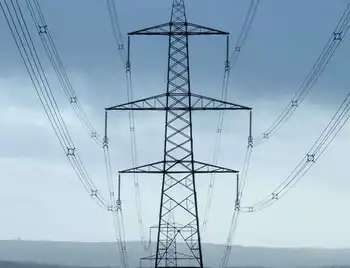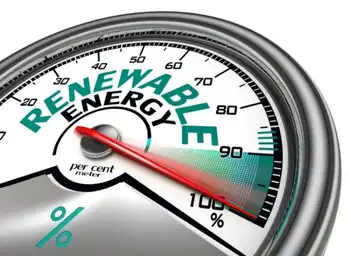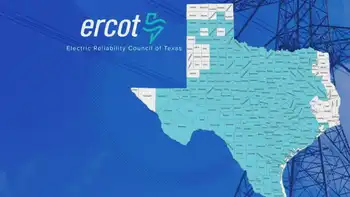Duke Energy grows its wind power business
By PR Newswire
Protective Relay Training - Basic
Our customized live online or in‑person group training can be delivered to your staff at your location.

- Live Online
- 12 hours Instructor-led
- Group Training Available
Duke Energy will develop the 51-megawatt (MW) Kit Carson Windpower Project on approximately 6,000 acres of land under long-term lease near Burlington, Colo. The project will be the company's first in the state and fourth in the region.
The Kit Carson project is named after the famed American frontiersman and the county where the project will be located. As a result of a 20-year power purchase agreement, the project will supply clean, renewable energy to customers of the 44 electric cooperatives that comprise the Tri-State Generation and Transmission Association. The project is expected to enter commercial operation by the end of 2010.
"The Kit Carson Windpower Project fits perfectly with our sustainable business approach — it makes sense for people, the planet and profits," said Wouter van Kempen, president of Duke Energy Generation Services (DEGS), a business unit of Duke Energy that owns and develops renewable energy assets.
The Kit Carson project will consist of 34 GE wind turbines, each capable of generating 1.5 MW of electricity. To construct the wind farm, Duke Energy will draw upon the supply of turbines it arranged to purchase from GE in September 2008.
"We're proud to be partnering with Duke Energy on our first utility-scale wind power project," said Ken Anderson, Tri-State executive vice president and general manager. "The project will further diversify our resource mix, bring value to our member cooperatives, and support jobs and investment in the rural areas our members serve."
Although the Kit Carson project will be Duke Energy's first in Colorado, the company already has a wind power presence in the region. The company brought the 29-MW Happy Jack Windpower Project in Cheyenne, Wyo., on line in September 2008. The 42-MW Silver Sage Windpower Project, also in Cheyenne, and the 99-MW Campbell Hill Windpower Project near Casper are expected to be in commercial operation later this year.
The close of Duke Energy's acquisition of the 70-MW North Allegheny Windpower Project in Pennsylvania brings the company its first commercial wind farm in the eastern U.S. Duke Energy purchased the project from wind turbine manufacturer and project developer Gamesa Energy USA. The North Allegheny project consists of 35 Gamesa wind turbines, each capable of producing two megawatts of electricity. The wind farm will generate enough energy to power approximately 18,000 homes.
Final commissioning of the North Allegheny project, located in Blair and Cambria counties, Pa. — roughly 95 miles east of Pittsburgh — is under way. With the acquisition comes a 23.5-year power purchase agreement to sell all of the output from the wind project and associated renewable energy credits to FirstEnergy. The site will begin generating clean, renewable electricity for FirstEnergy later this year.
"We're fortunate that we can rely on Duke Energy's financial strength and its commitment to renewable power as we seize opportunities like this to grow our wind energy business," said van Kempen.
Duke Energy has more than 500 MW of wind-powered generation projects in operation - a figure that will rise to more than 700 MW by the end of 2009. The company also has an additional 5,000 MW in potential development projects.











